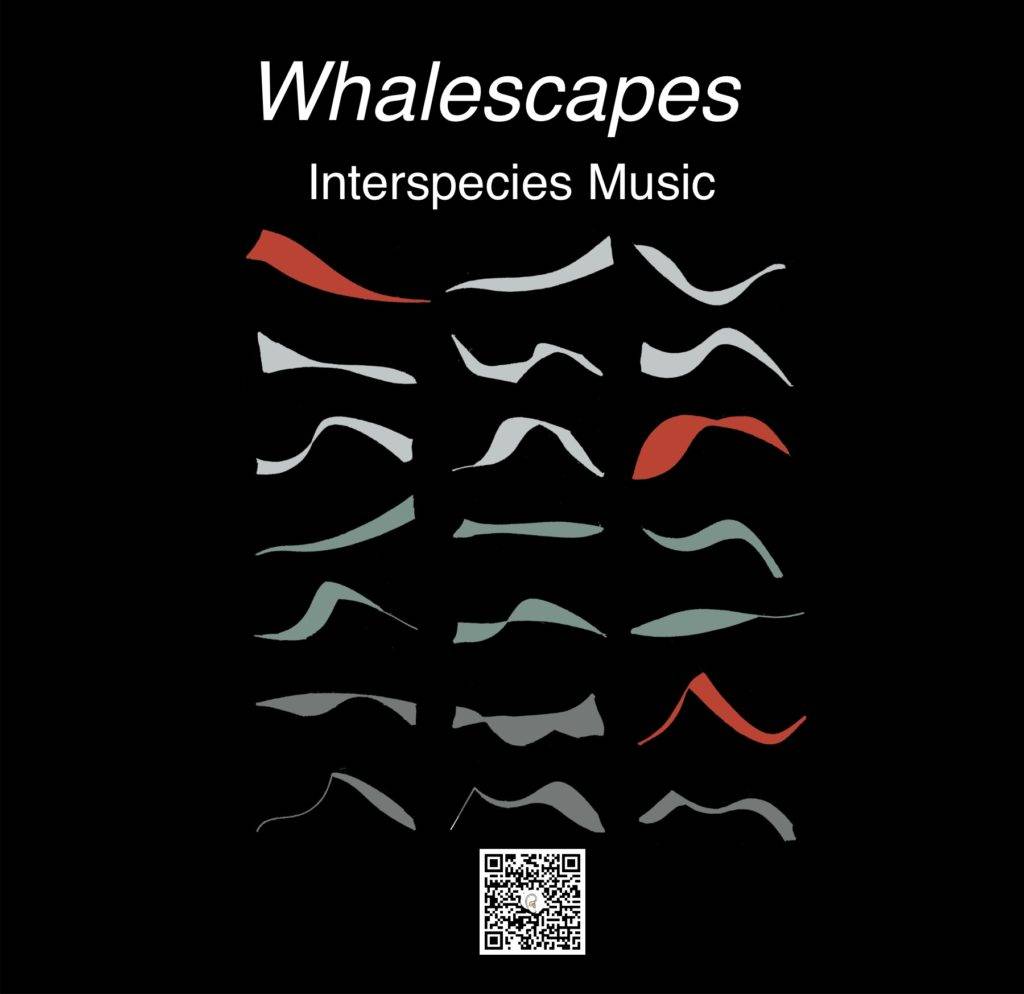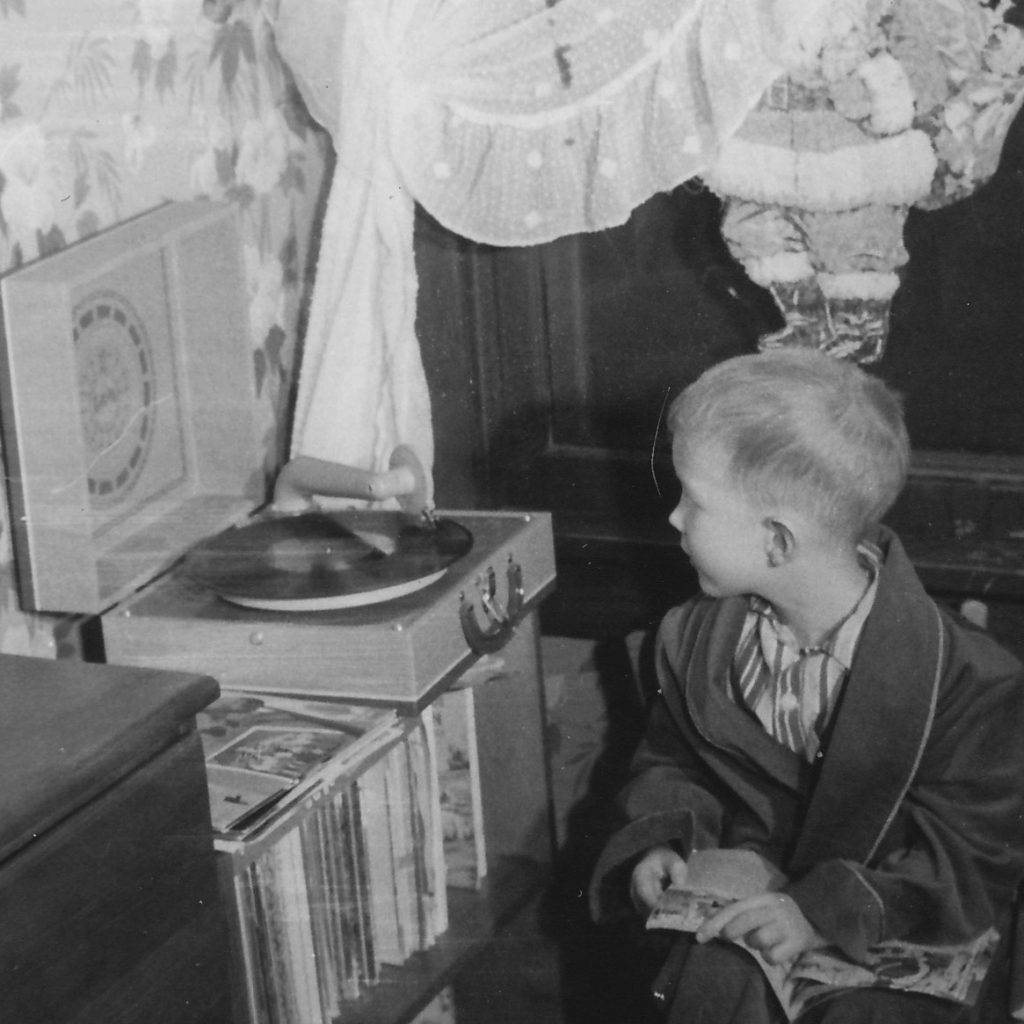
Interspecies Music
INTERSPECIES MUSIC is a multi-media performance group involved in the studyand human interpretation of all manner of man-made and natural sounds,including those produced by other species. Whalescapes focuses on the sounds produced by Beluga, Orca, Humpback whales and a variety of other sea creatures.
All pieces are named, according to underwater sound models encountered either in accounts by other people or in our own research. For instance, after playing to and hearing the vocalizations of Orcas, and after playing to and recording Belugas in the St. Lawrence River, we were able to identify various sounds produced by the ewhales and use them as part of the INTERSPECIES repertoire.
Although whales are the inspiration for this album, what results is a new musical form of intricate fluidity of pitch and texture, very similar at times to the whalevocalizations,retaining throughout, however, easily identifiable human characteristics.
The current recording of Whalescapes were remastered at Venture Studio – Toronto using the latest digital technology.
This record was originally produced with a grant from the Exploration Program of the Canada Council – Ce disque fut produit grâce a une bourse du programme Exploration du Conseil des Arts du Canada and originally released on Music Gallery Editions – 30 St-Patrick Street – Toronto – Ontario – M5T 1V1.
The recordings
Cut 1 – The Blue Whales (9:04)
Cut 2 – Orca (10:23)
Cut 2 – Deep (3:30)
Cut 4 – Migrating (15:33)
Cut 6 – Shallow (4:11)
Cut 7 – Belugas in the St-Lawrence (2:28)
Re-released on Lifeworldsound – all rights reserved 2019
Original members of Interspecies Music heard on these recordings were Steve Aikenhead – Luce Gauthier – Robert MacDonald – Ross Mendes – Pierre Ouellet – Bob Kaiser – Harri Palm & Harry Pavelson. Many other musicians – Randy Marsh – Mark Gane – Russel Martin, amongst others, joined us in performance during the two or so years that we performed together. We thanks them all for their thoughtful contributions to this musical project.
Whalescape recording session at Kensington Sound – Toronto – 1977.
Live Performance at the Music Gallery
Over period of three years, from 1976 to 1978, Interspecies Music performed regularly at the Music Gallery in Toronto as well as in support of a number of other environmental causes. The following is a live recording at the Music Gallery from 1977.
Biofeedback for Interspecies Music
In the mid-seventies, there was a growing interest in using biofeedback, and the monitoring and controlling of specific brainwave in the lower ranges between 5 and 15 cps (alpha and so forth), in order to attain inner states of calm and relaxation akin to those achieved by more traditional methods of meditation. It soon became obvious, for instance, that one might take the control voltage output from a brainwaves monitor and use it to trigger synthesizers in order produce soundscapes that were the real-time result of an individual’s brain wave activity. This practice held a great appeal for the Interspecies Music group who were constantly exploring new ideas to inform their improvisational music and it also suggested, in its most basic form, the endless possibilities of a purely psychic connection between individuals, and perhaps between creatures of different species.
in the lower ranges between 5 and 15 cps (alpha and so forth), in order to attain inner states of calm and relaxation akin to those achieved by more traditional methods of meditation. It soon became obvious, for instance, that one might take the control voltage output from a brainwaves monitor and use it to trigger synthesizers in order produce soundscapes that were the real-time result of an individual’s brain wave activity. This practice held a great appeal for the Interspecies Music group who were constantly exploring new ideas to inform their improvisational music and it also suggested, in its most basic form, the endless possibilities of a purely psychic connection between individuals, and perhaps between creatures of different species.
An early pioneer of Brainwave music, and a teacher of Pierre”s at York University in the 1970s, Richard Teitelbaum wrote: “I had an experience one night where I felt like I was communicating with a friend through telepathy. “I wrote to Bob Moog and asked if I could use his equipment to perform with brainwaves, use them as control voltages. He said yes and made me a brainwave amplifier that I still have.
”Performances of so-called “brainwave music” involved bringing audience members onstage and hooking them up to Teitelbaum’s synthesizers. The variations in the subject’s mental and physical states affect the music generated from performance to performance. “The rhythms of the brainwaves and the meditative aspect of them all influence the experience of the piece,” he says. The following piece, aptly entitled Birdwaves, was performed and recorded by Pierre Ouellet in 1977, in Toronto.
For the recording of Birdwaves, I played back a recording of the nature sounds around a salmon pond in Tadoussac. The biofeedback machine was connected to a pitch-to-voltage converter which controlled the oscillators on my EMS synthesizer. As the nature sounds varied, so did my brainwave response to them and the results… are what you hear. P. Ouellet – 2019





